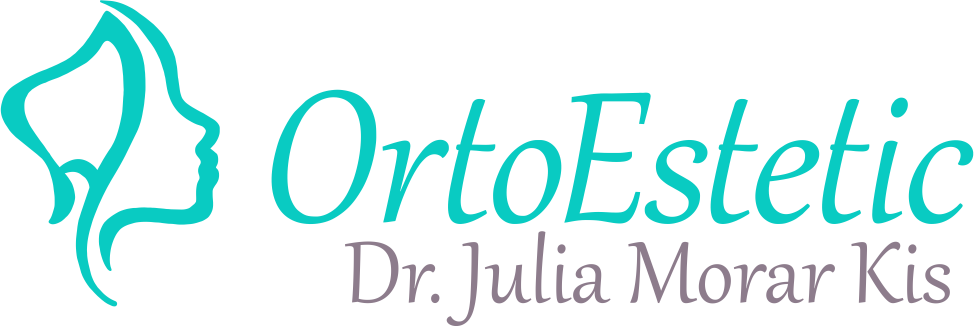Lingual orthodontic braces by WIN






Advantages of WIN invisible braces
Aesthetics
The biggest advantage of a WIN lingual brace is the aesthetic one. The wearer has an orthodontic corrective appliance that is invisible from both a distance and close up.
German quality
Another significant advantage is the quality of the components and the unique structure of the machine. The brackets are made of stainless steel and the curvature of the archwire is adjusted using computer technology so that the patient gets a custom-made appliance that perfectly hugs the inner surface of the teeth.
Each orthotontic appliance is unique
Another argument in favour of a WIN lingual appliance is that it can be customised to the unique needs of each patient or clinical case. They are fabricated using CAD / CAM technology for precision treatment.
Vestibular surfaces of teeth remain intact
In case of poor hygiene, especially among adolescent patients, when wearing conventional braces, white chalky stains or decay may appear on the buccal (outer) surface of the teeth near the brackets, affecting the health and appearance of the teeth.
In the case of the WIN lingual appliance, the risk of decalcification of the dental buccal surface is eliminated, with a carioprophylactic effect, because the surface to which it is applied is more resistant to demineralisation, and the appearance of caries due to poor hygiene is reduced.
Disadvantages of WIN lingual braces
- To fit and adjust a WIN lingual brace, patients must identify specialists with particular skills and credentials, as it is a complex device.
- The technology involves regular check-ups at the dentist's office every 4 weeks.
- The higher cost of such braces compared to the classic version.
- The appearance of lesions or irritations on the tongue, especially when speaking or eating.
- As with other fixed braces, avoidance of certain foods is recommended.



